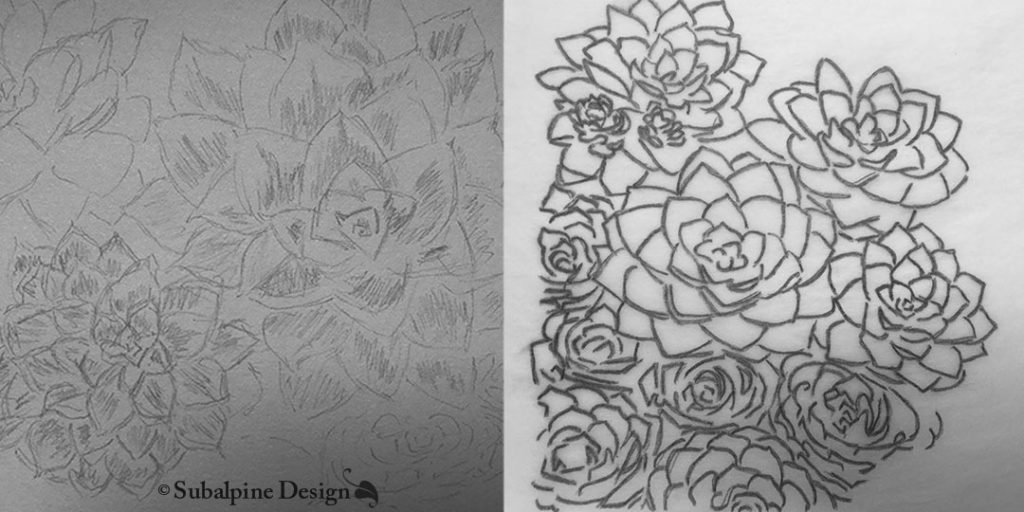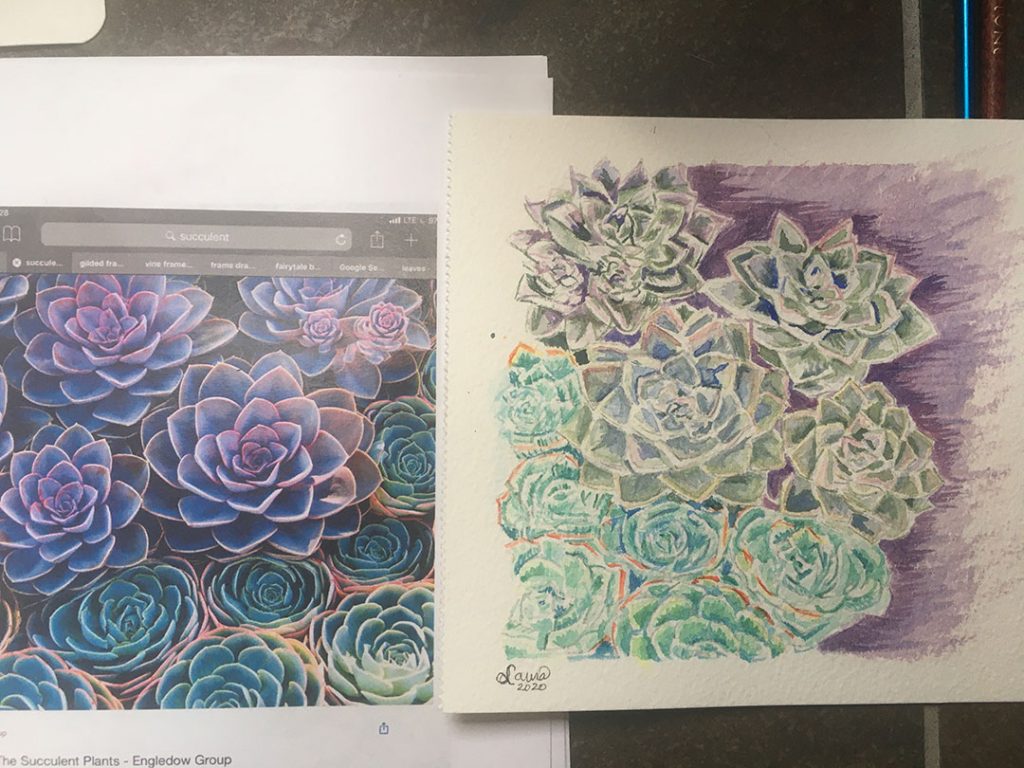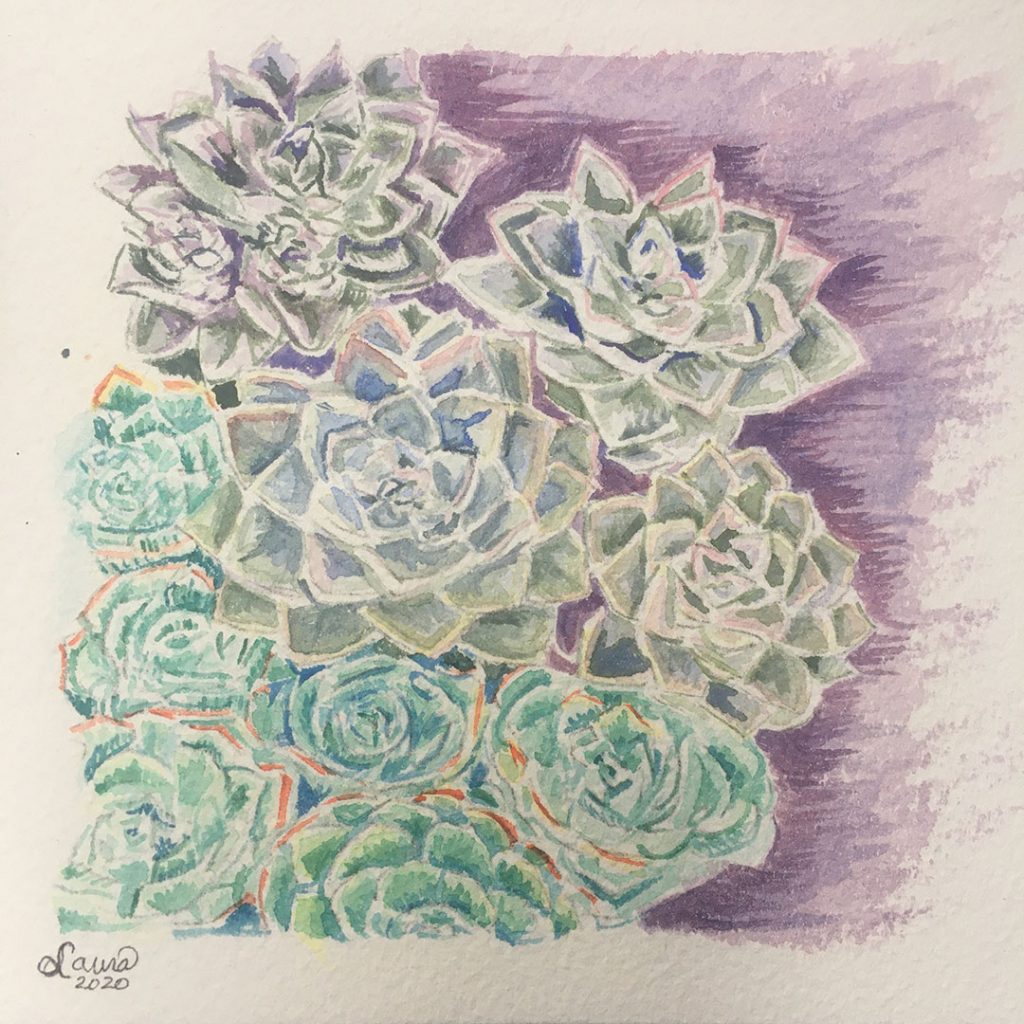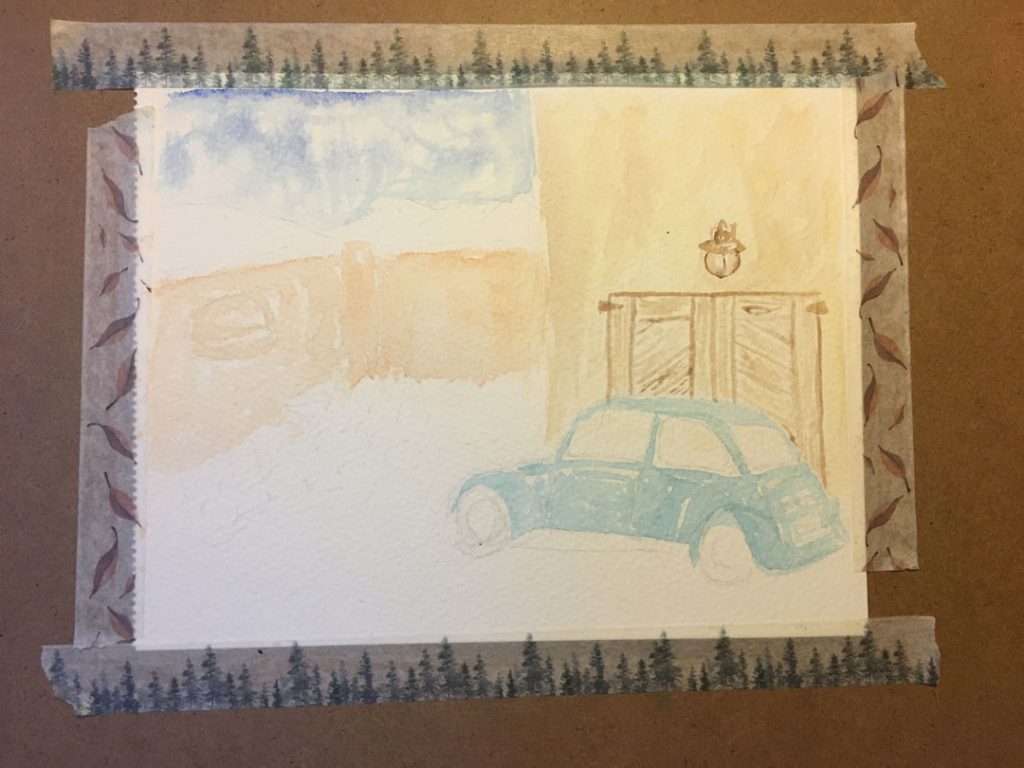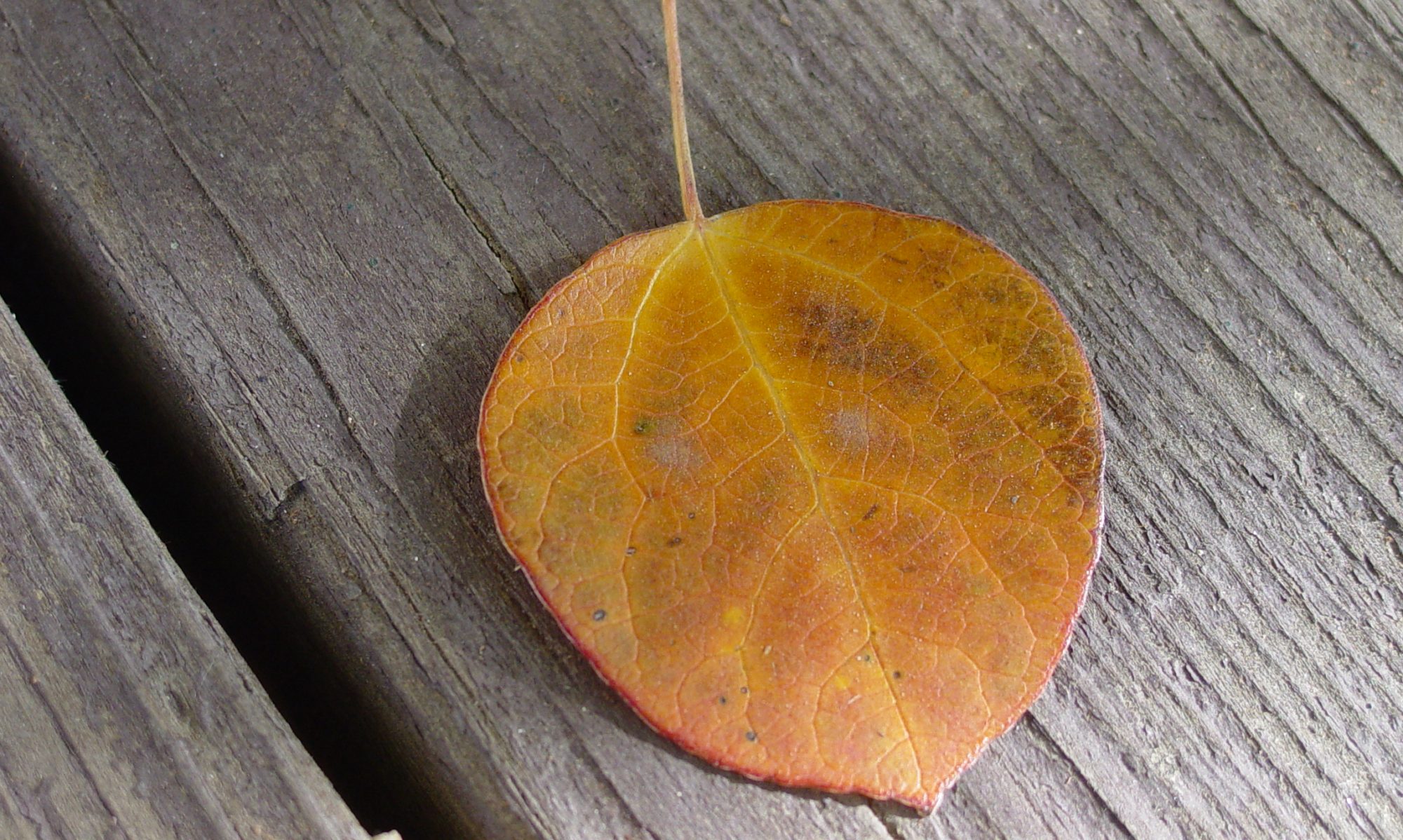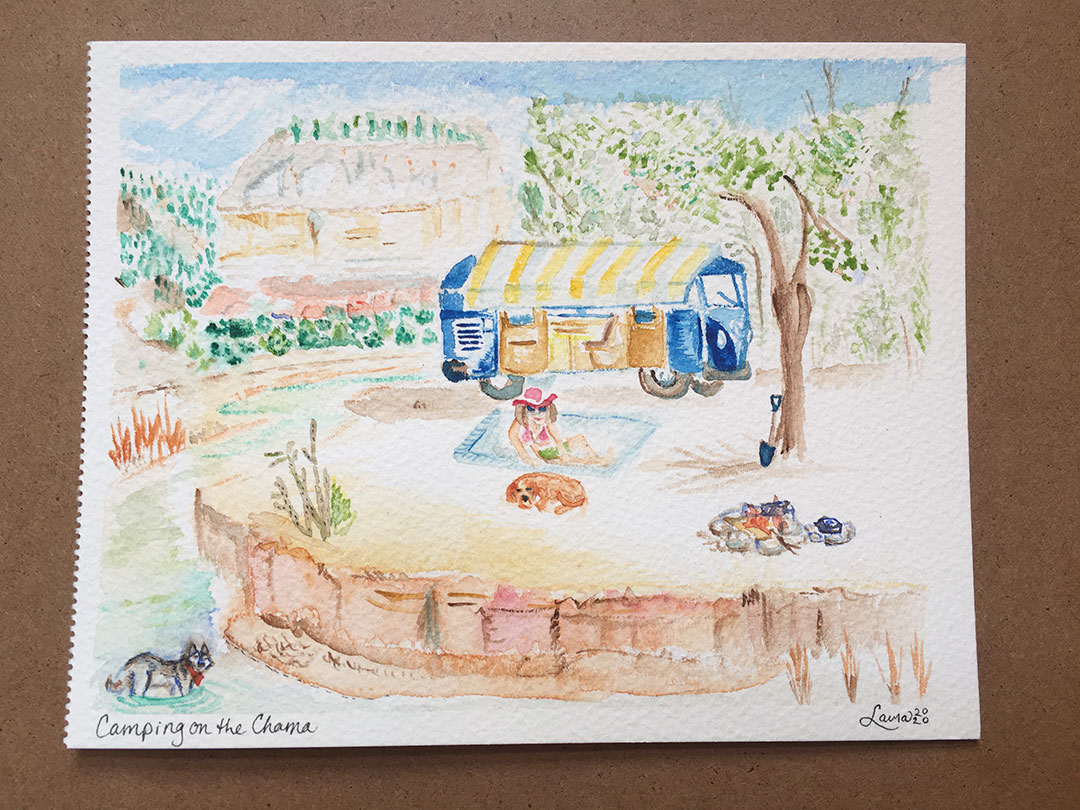I can’t say I’m a complete novice when it comes to watercolor.
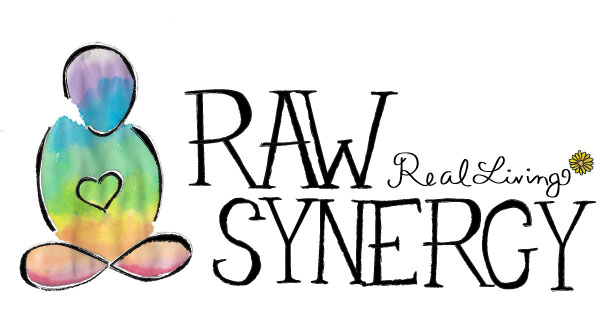
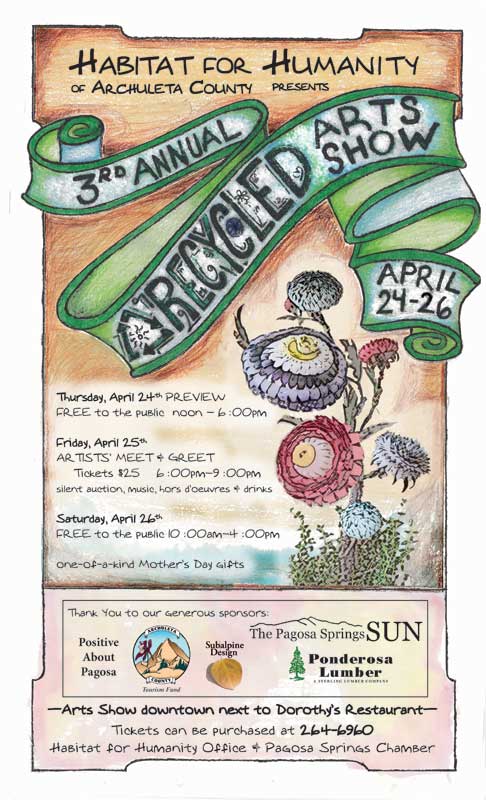
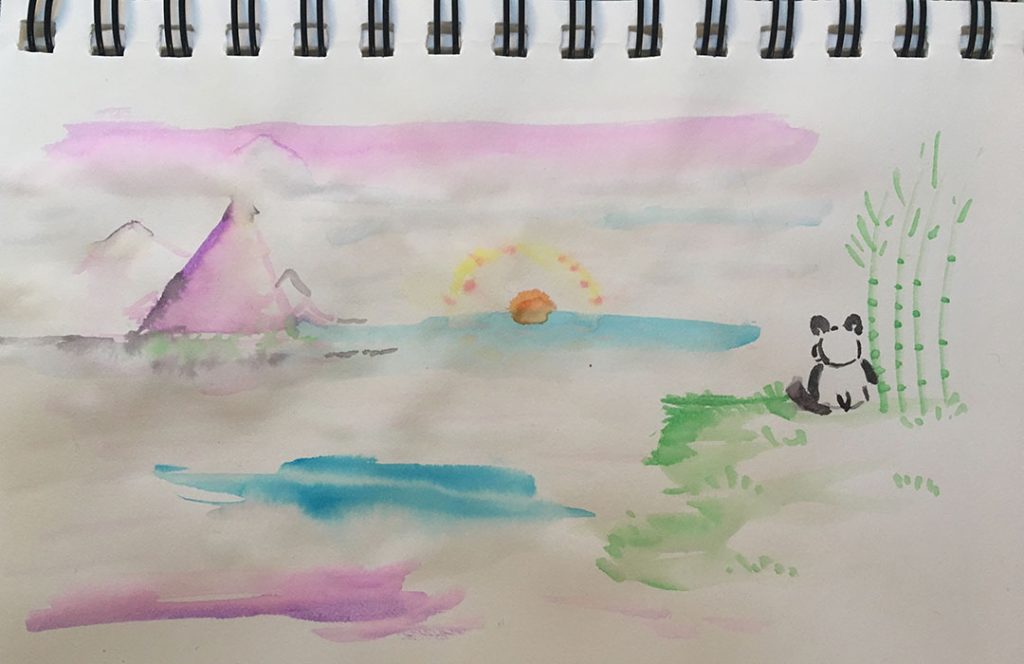
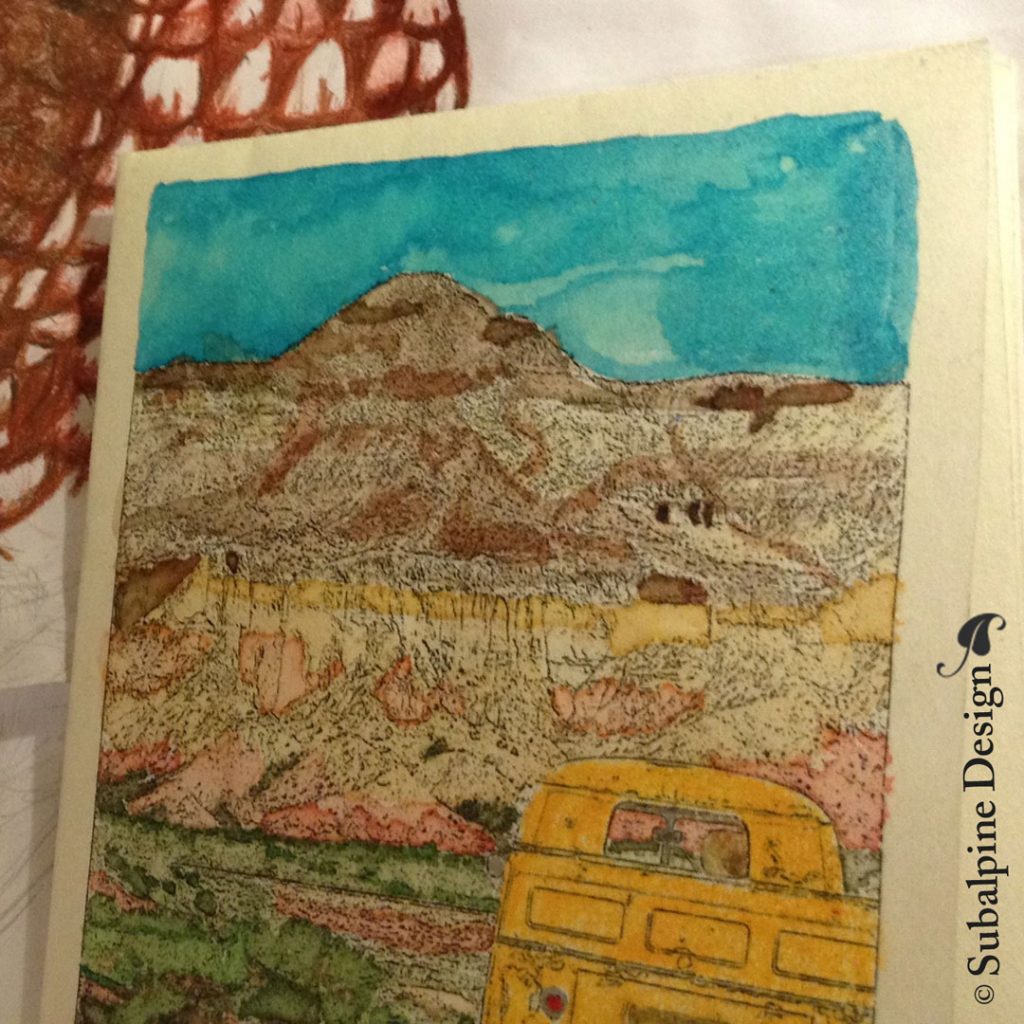
Like knitting and crochet, watercolor may be one of those talents that has somehow been transmitted to me from my ancestors even though I never saw how they executed the skill or viewed much of their handicraft. Grandpa practiced watercolor. Or it could just be something that can be learned with careful observation and practice.
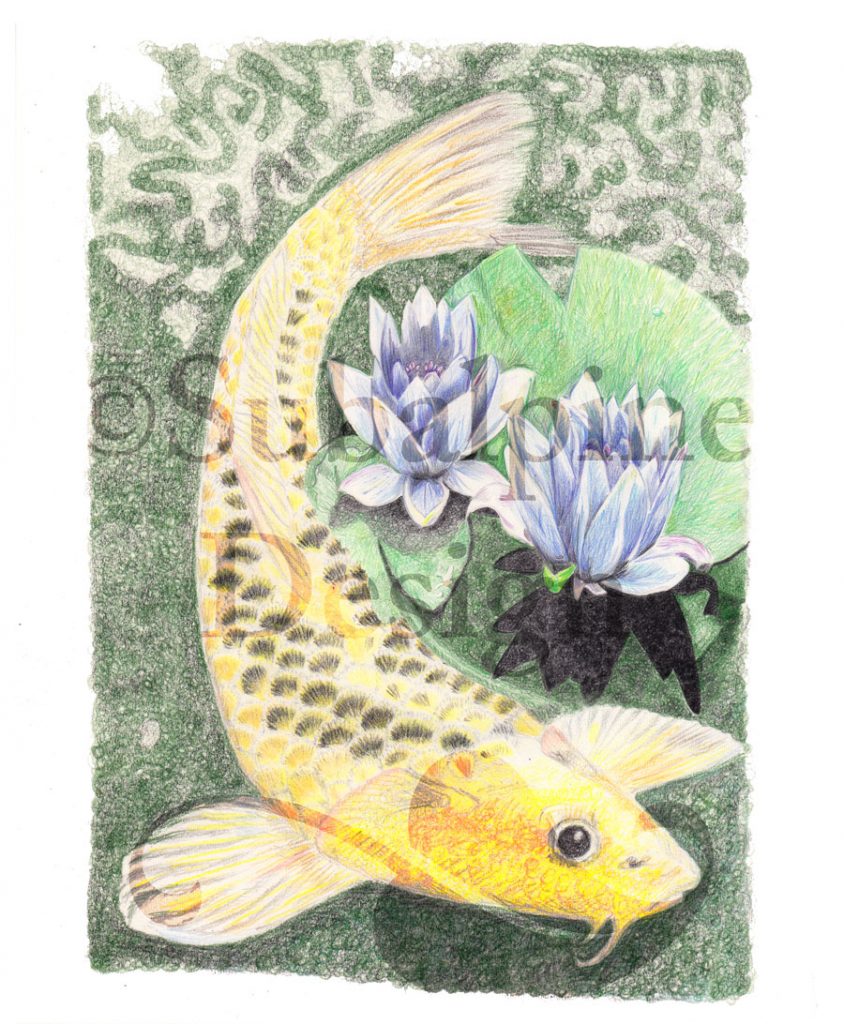
Paint is naturally more fluid. I feel like the pigments could be more vibrant than pencil, and it just flows, laying down the color much faster. I used to own some acrylics, and have played with enamels, but watercolor has been calling.
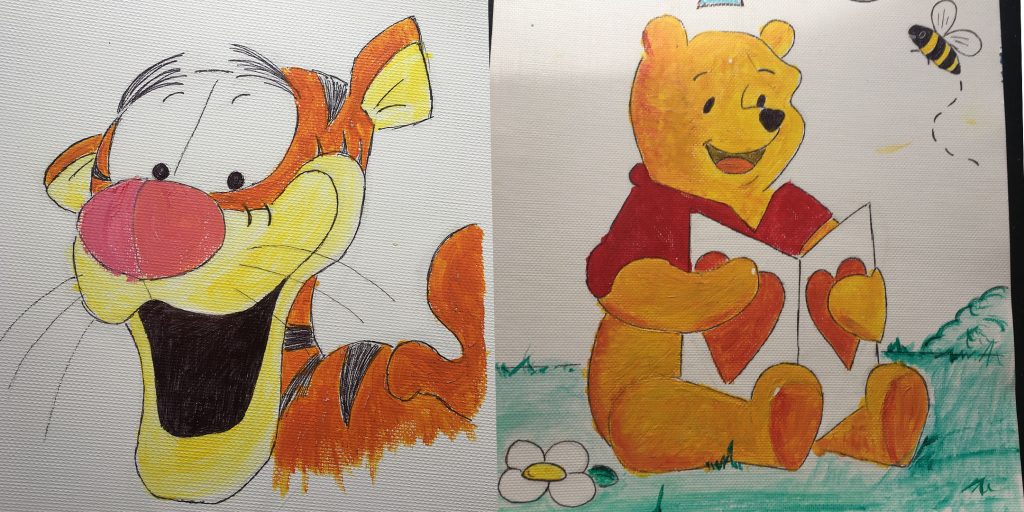
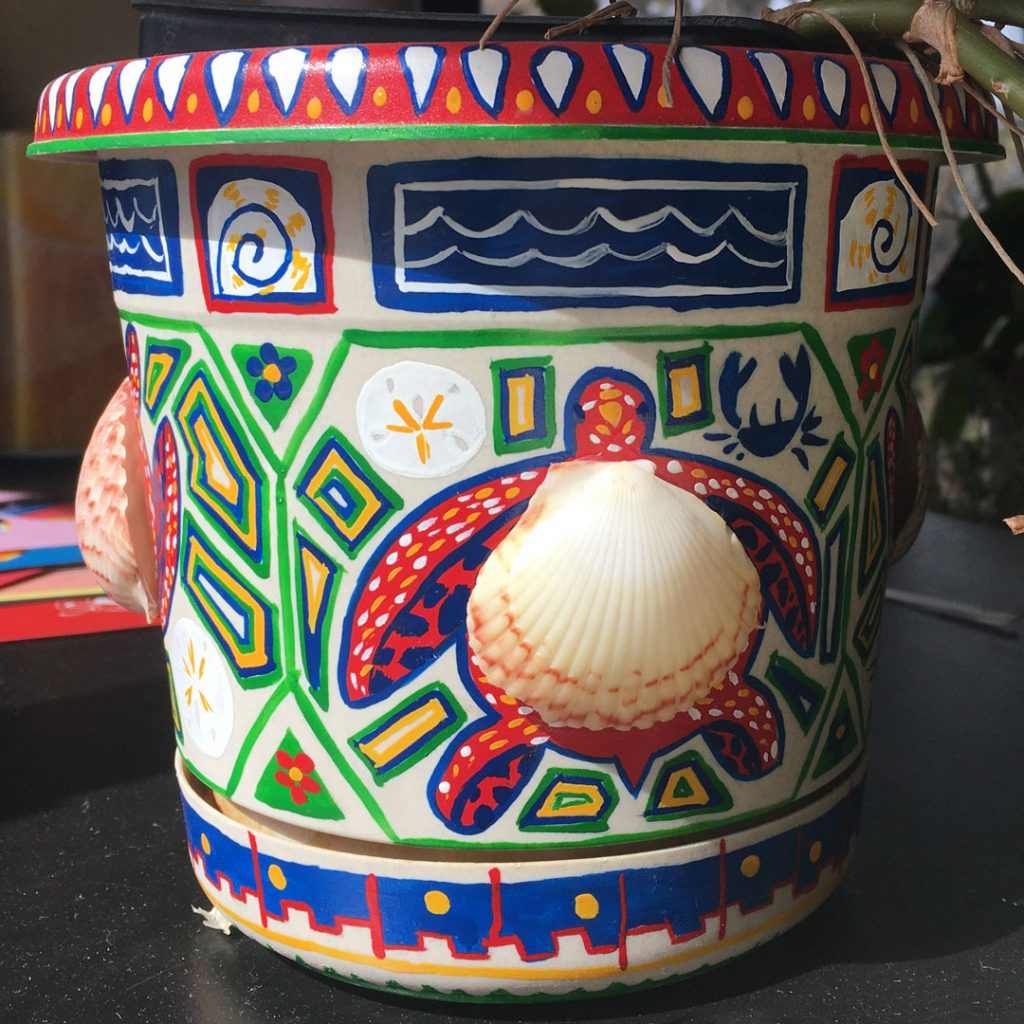
The first thing I did was sit down and research recommendations on supplies. There is so much out there! I didn’t know where to start. As I found artists whose artwork I admired, Winsor & Newton was frequently mentioned. Anticipating that I would want a small kit that I could easily take with me, I wanted to keep it all small and compact. For less than $50 on Amazon, I purchased the following:
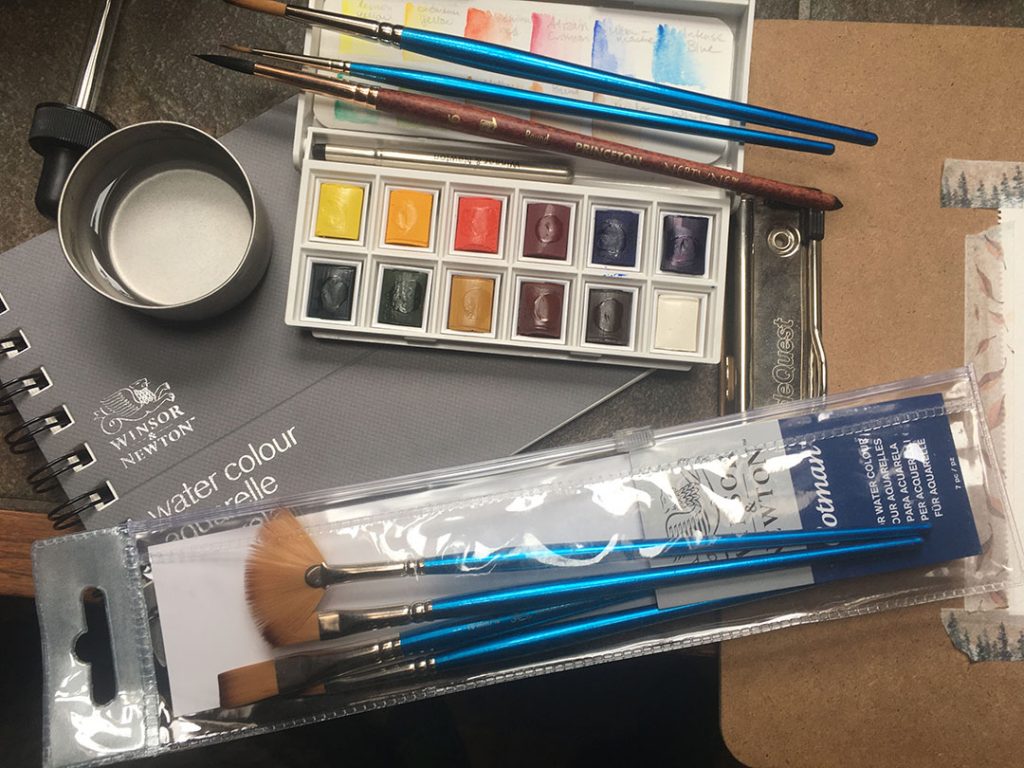
- Winsor & Newton (W&N) Cotman Water Color Paint Sketchers’ Pocket Box
- W&N Cotman short handle brush 7pack of assorted styles
- W&N Professional Watercolor paper journal, cold pressed 140lb. 5×7
I also bought some masking fluid, but I haven’t used it yet.
Added since my initial order:
- some fun washi masking tape for holding down the paper while I paint on a clipboard
- Staedtler Pigment Liners, set of 6 in assorted sizes – I thought I wanted a pen that was waterproof, but I have yet to use these with my paints. So far I’ve been sketching very lightly in pencil and using the paint to outline. I’ve been using the pens with my tangling practice.
Since then, I’ve signed up for a watercolor class at my local studio that starts in May. There’s a material list for the class and per the instructor’s recommendation, I bought them all through Cheap Joe’s Art Supplies. So now I have tubes of paint, a palette, and a big block of watercolor paper. My favorite brushes so far are the no. 6 round Princeton Neptune I bought for the class and the no 1 round from the W&N pack for detail.
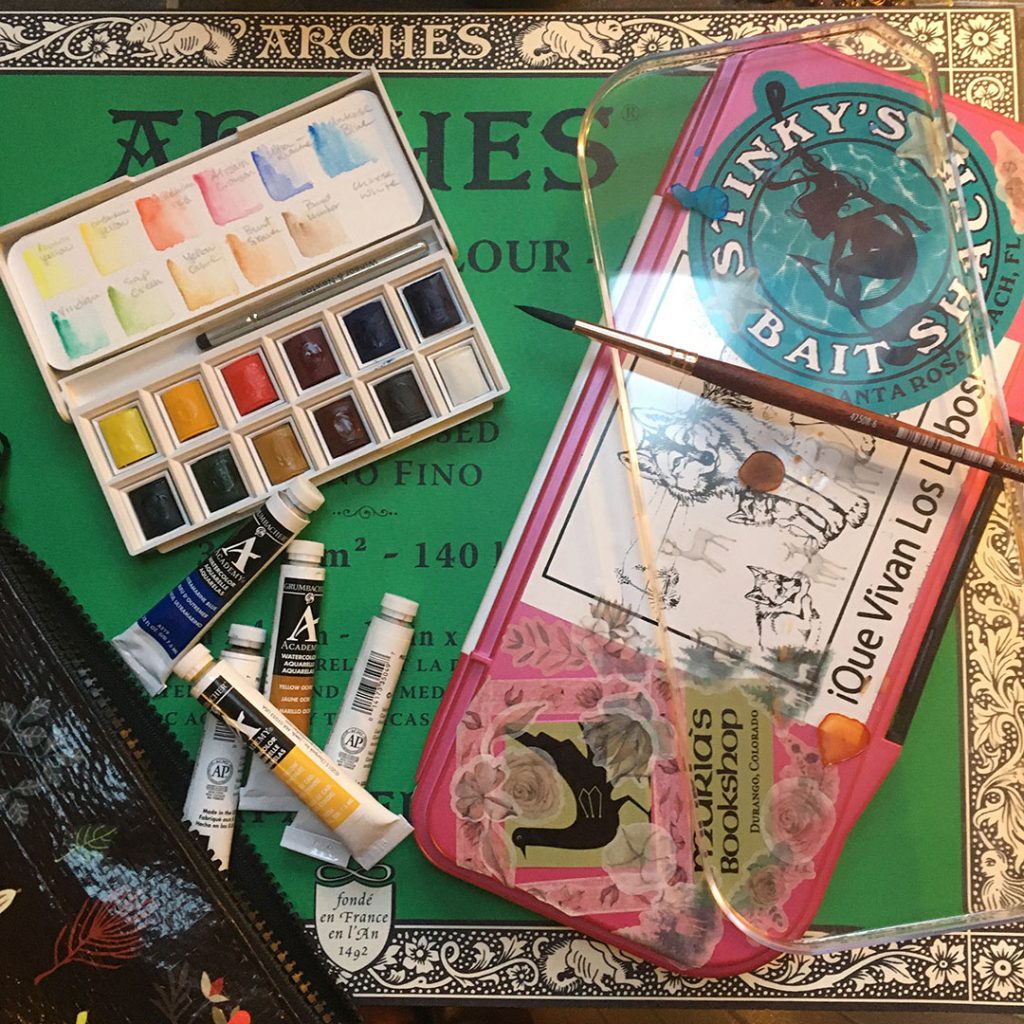
I’d been reading many artist recommendations and saw that a repetitive theme is to buy larger paper and cut it down to the size you want. I don’t plan on doing that with this block. I would like to try something large before the class but haven’t decided what yet. I like the small sketchbook size because it doesn’t take too long to complete something. Surprisingly, I’ve still been able to achieve a high level of detail, yet I know when I scale up it will open up a whole new world and style. I will probably order another sketchpad for the portability.
Camping on the Chama, featured at the beginning of this post, was my first piece with just my initial W&N supplies. For these succulents—the latest completed artwork, I used some of my new tubes of paint with the palette and new brush and the W&N pans. Here’s a little peek into the process:
